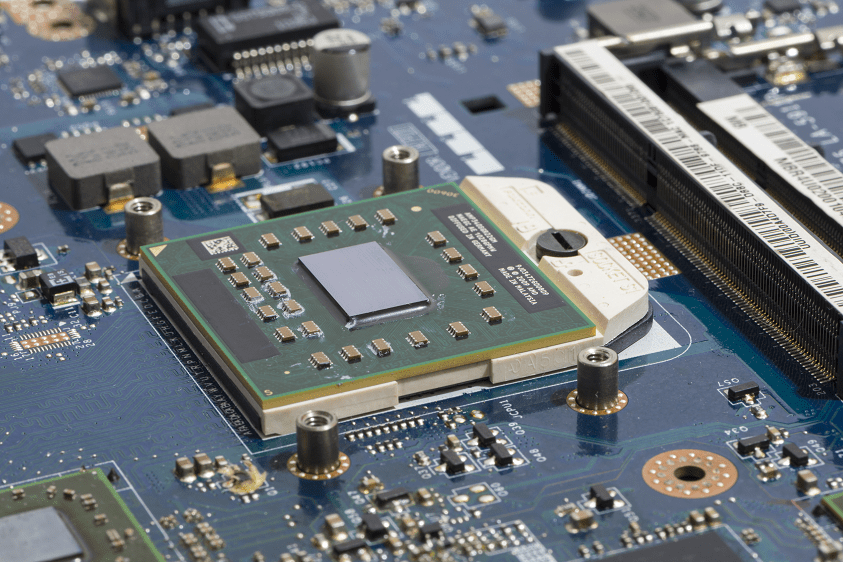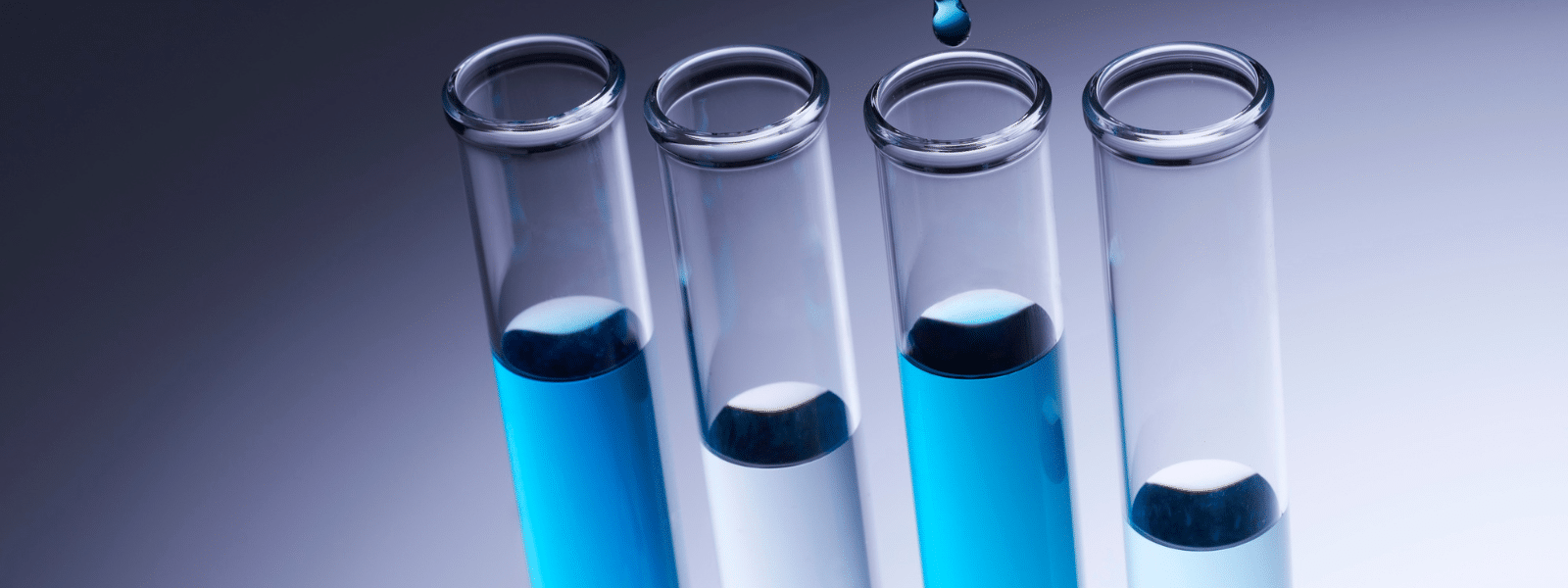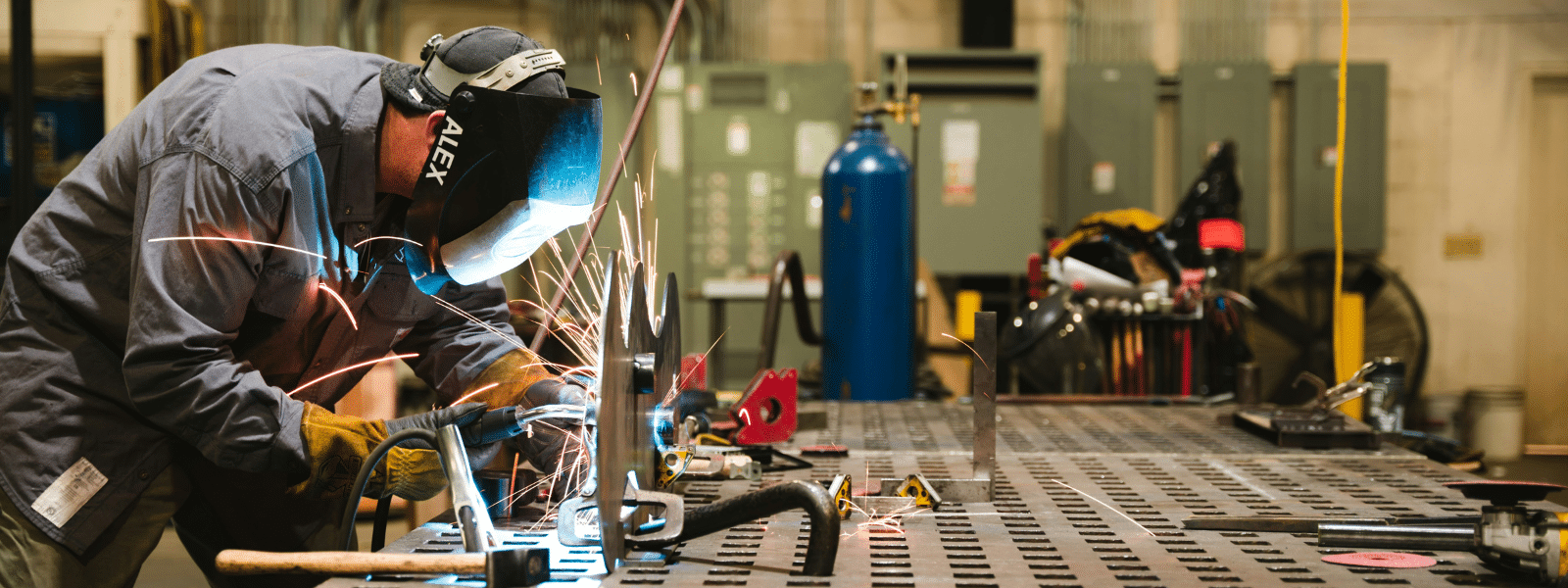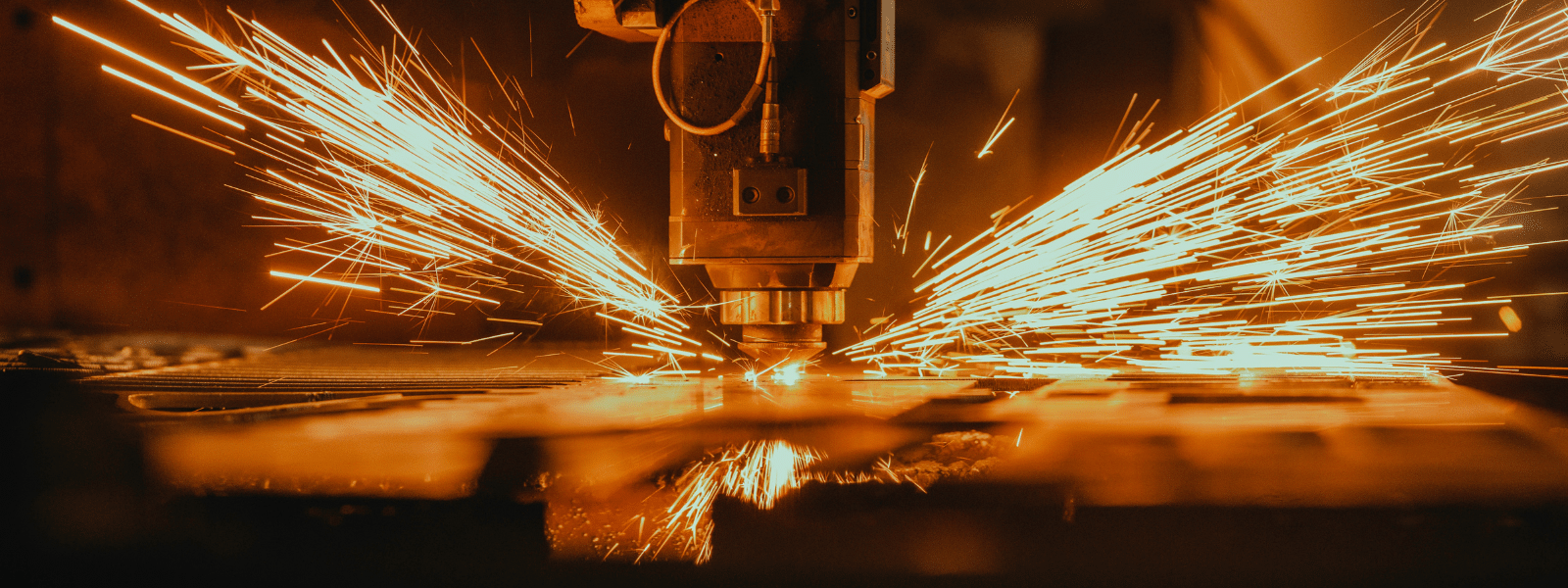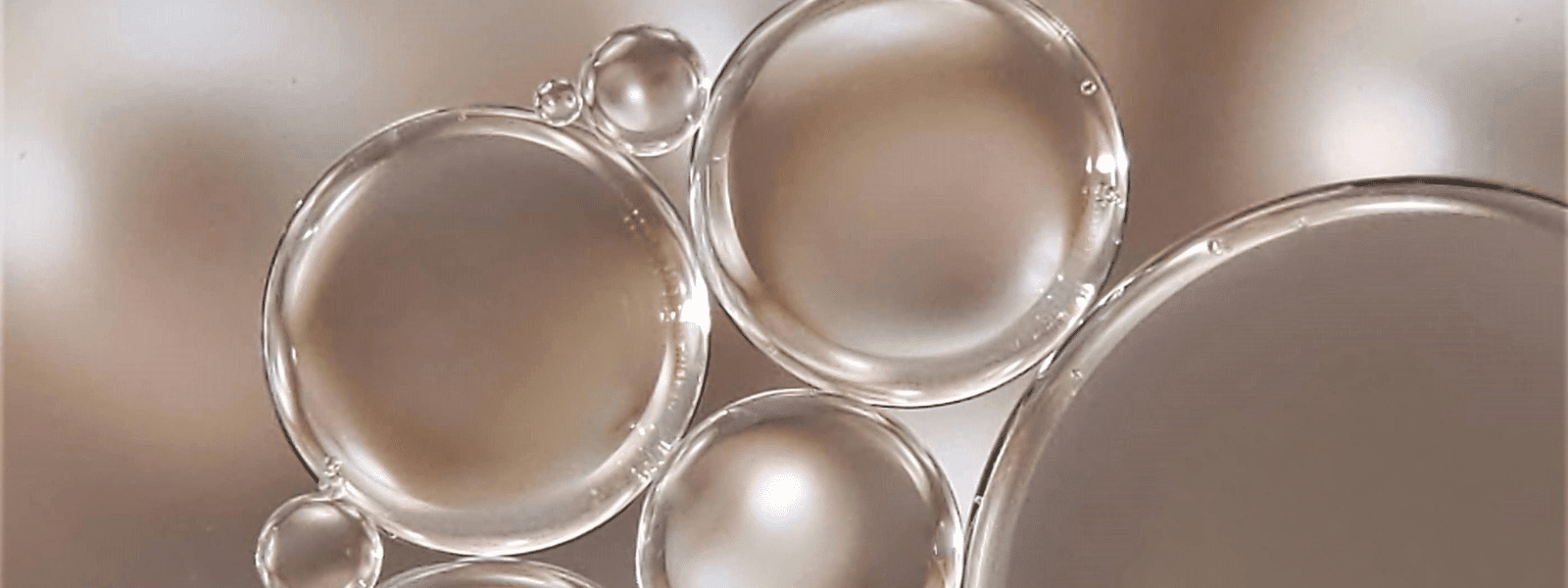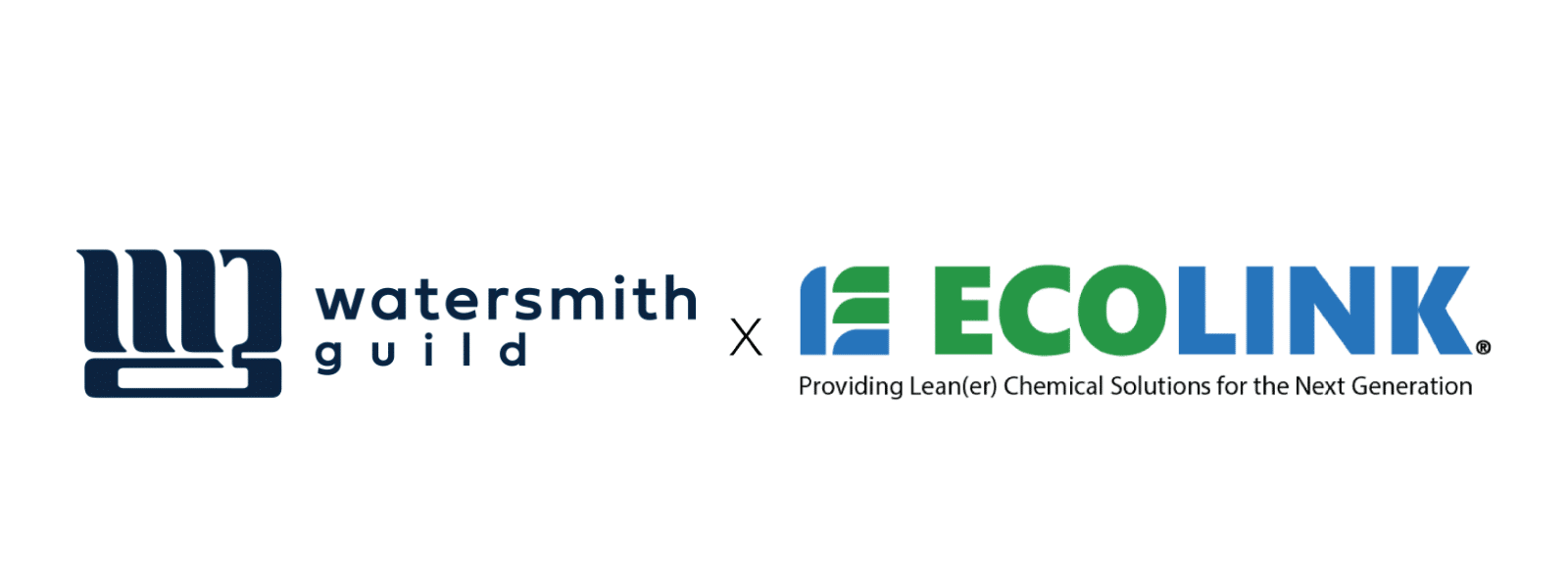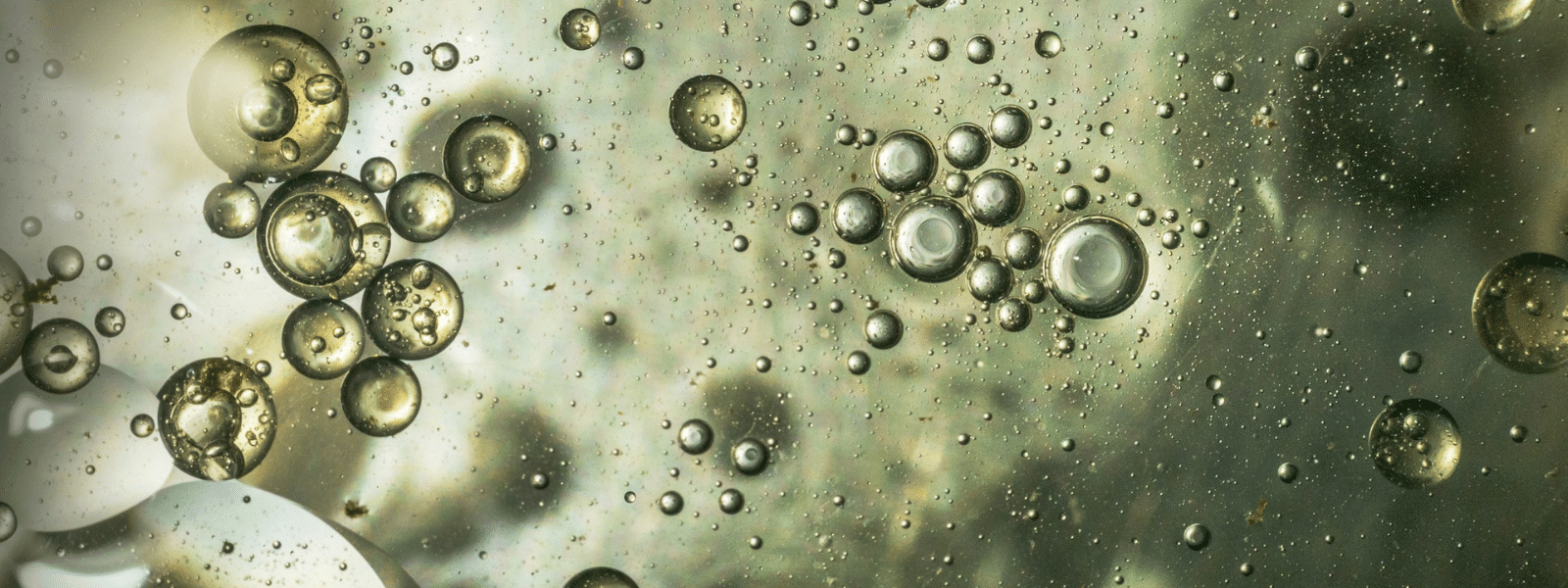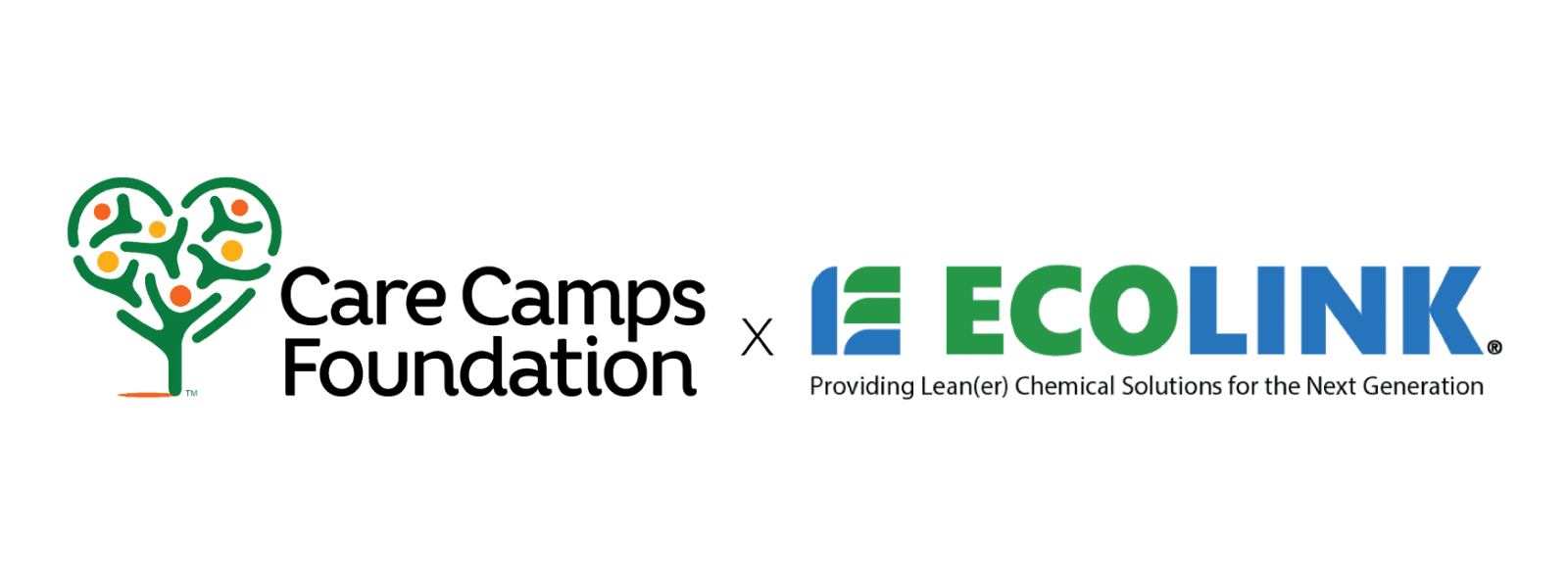A switch and contact cleaner is a cleaning agent that is specially formulated to clean electrical switches and contacts in various types of equipment, from small circuit boards in woodworking machines to industrial grade switchgear systems that occupy large rooms in the facilities they serve. However, there are at least six important characteristics that a switch and contact cleaner should ideally possess, regardless of the type of electrical equipment that it is used to clean.
- Dielectric Formulation
A dielectric is a substance that impedes the flow of electricity. If you need to degrease a switch assembly or a contact assembly while the equipment is energized, using a dielectric cleaner is essential for preventing electricity from traveling through the solvent stream and hitting the worker with an electrical shock. We offer several cleaners that feature dielectric formulation.
- No Flashpoint
The same electricity that could travel through the solvent stream and shock the worker could also ignite a switch and contact cleaner that has a low flashpoint. While a high flashpoint offers more safety than a low one, in terms of flammability, “no flashpoint” is the safest formulation of all. No flashpoint cleaners are also beneficial for improving fire safety in the solvent storage area.
- Fast Evaporation Rate
Implementing a cleaner that quickly evaporates helps protect metal in electrical switches and contacts that gradually oxidizes in the presence of moisture, particularly water, whose oxygen atom can significantly speed up oxidation in corrosion-prone alloys. Using a switch and contact cleaner that has a fast evaporation rate can also help reduce solvent waste disposal expense.
- No Residue
A switch and contact cleaner that leaves behind a residue commonly causes two problems. First, it impedes electricity flow through contacts (especially if the cleaner is dielectric). Second, it causes dirt and grime to collect faster on switches and contacts, which means that cleaners that leave a residue need to be applied rather frequently to counteract the effects of the residue.
- Non-Corrosive to Specific Metals
Electrical switch assemblies and contact assemblies contain different types of metal, including copper, stainless steel, brass, aluminum, magnesium, and titanium. Consequently, you need a cleaner whose formulation is not corrosive to these metals and others that comprise the switch assembly or contact assembly. We will help you select a cleaner that meets this requirement.
Need a Switch and Contact Cleaner?
If so, you have come to the right place. Ecolink offers an impressive selection of industrial grade cleaning agents that feature the crucial characteristics above and are ideal for cleaning electrical switch assemblies and contact assemblies in various types of equipment. We can also provide you with a custom cleaner if one of our stock cleaners doesn’t meet your requirements.
For more information about our switch and contact cleaners, or to request a free sample, please call us today at (800) 563-1305, or refer to the contact page on our website. We look forward to helping you choose an eco friendly, highly efficacious electrical switch and contact cleaner.





